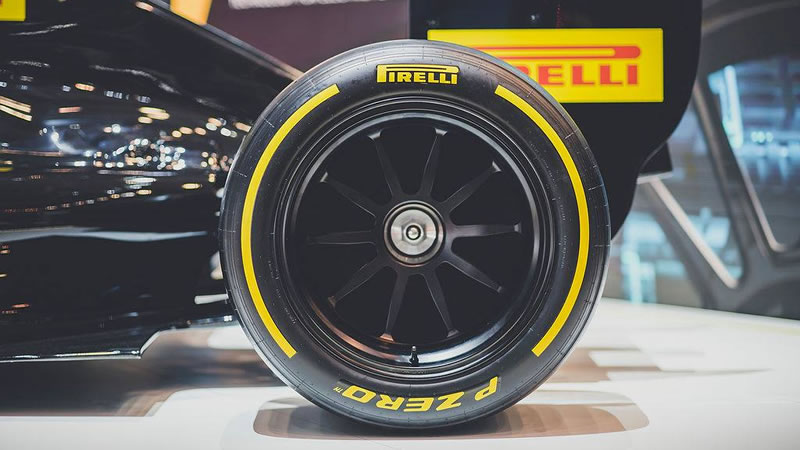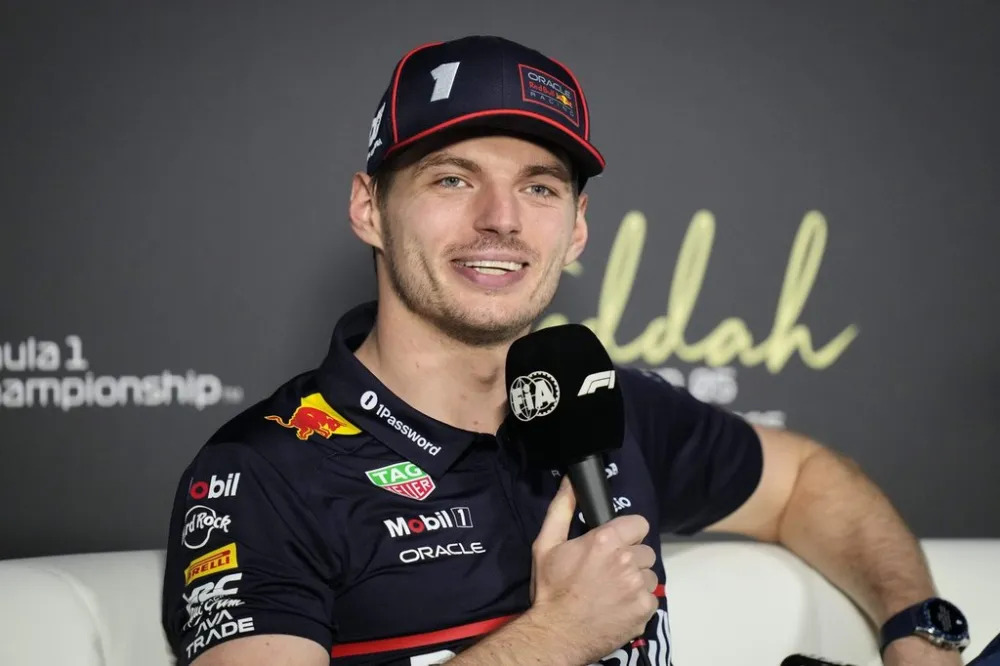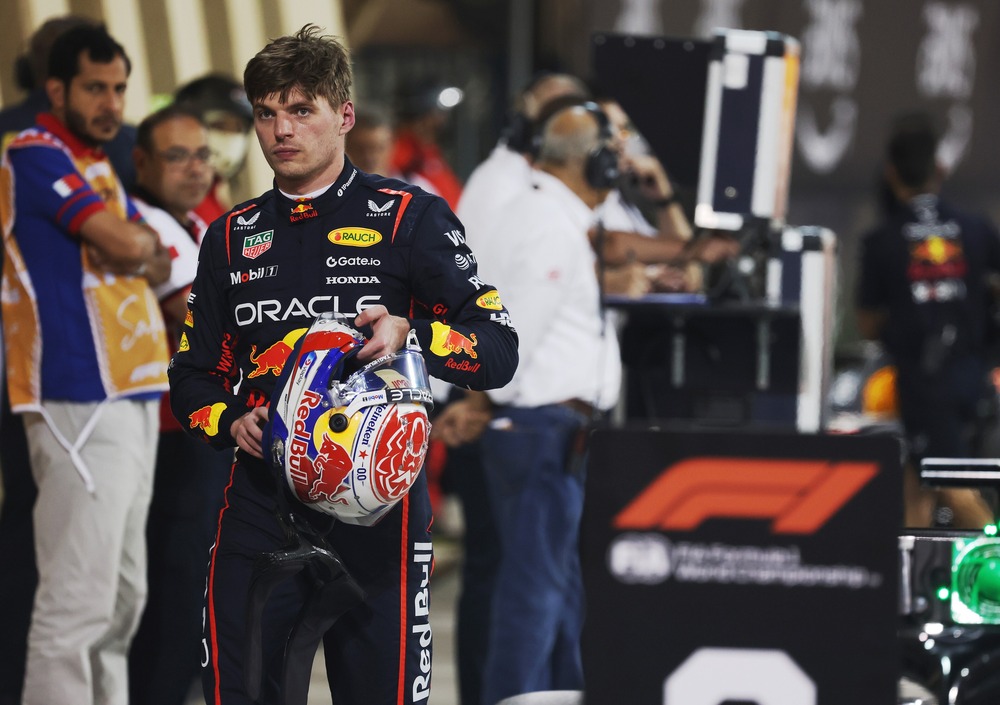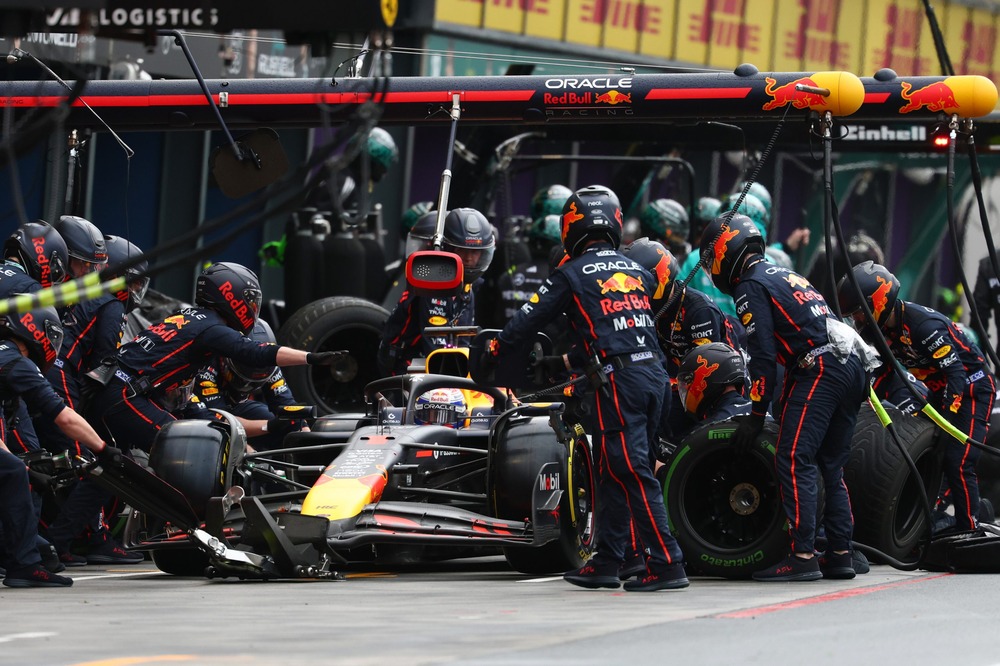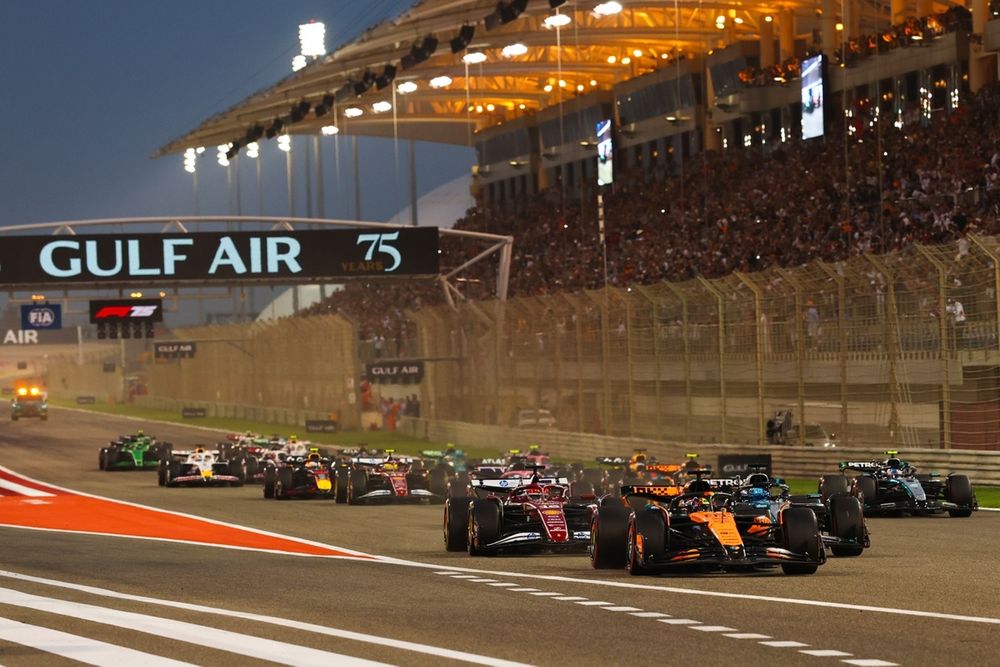As testing continues in Barcelona, Pirelli reveals that it is “80-90%” towards finalising the construction and profile of the tyres to be used in 2022.
The news comes as Robert Kubica was in action for Alfa Romeo at the Spanish track, and Alex Albon on duty for Red Bull.
The test is the latest in a series involving the teams various mule cars and which culminates in Abu Dhabi when all the teams will have access to the definitive 2022 rubber.
Further tests are scheduled for Paul Ricard, Spielberg, Silverstone, Hungary and Magny-Cours.
Kubica completed 127 laps in total, while Albon completed 100. Daniil Kvyat is scheduled to drive an Alpine today while Kubica continues for Alfa Romeo.
“In terms of development, we are in the process of finalising the construction and the profile,” said Mario Isola, according to Motorsport.com. “I would say we are at 80-90% the construction is finalised, and now we are starting a test campaign on new compounds.
“We have a new compound we are already using,” he continued, “a C3 level that is working quite well.
“It is the first one of the new family of compounds that we want to introduce for next year, with the characteristics that are required and were agreed in the target letter with the drivers.
“So much less overheating. Obviously, we need to validate that when we will have the final version of the cars.”
However, the Italian was keen to make clear that the 2022 cars are currently an unknown quantity, especially compared to the mule cars being used for the tests.
“At the moment we are using mule cars that should be enough representative of the cars for next year. But we know that next year’s cars will be very different,” he admitted.
“And the other point that is something that we cannot test during a tyre development session is the influence of the slipstream, we have only one car or two cars that are running on track, there is not proper traffic. So we can assume when we are designing a new tyre, a new tyre to reduce overheating. And also the new aero package should suffer less when they follow in other car.
“They should keep the downforce, or lose maximum 10%, that is a completely different situation compared to what we have now, where they lose up to 50% of the downforce, and obviously they start sliding. But this is something that we will have answer only next year.”
Asked how representative the mule cars are, he admitted: “We asked the teams to put a level of downforce, a minimum weight and the weight distribution that is in line with the expectation for next year. So all the mule cars are good enough to test if they are able to replicate what is going to happen next year.
“But we have some differences, like I was talking about overheating for example, because obviously we are using the brakes that are on the cars now, not the new system, and also without rim covers that will affect the performance and the heating of the rim.
“So there are still some question marks on next year, what we are trying to do is to have cars that are as much as possible representative of next year’s performances.”
Tuesday’s test also witnessed the reappearance of wheel covers which make their return to the sport next season. Last seen in 2009, wheel covers were outlawed ahead of the 2010 season.

